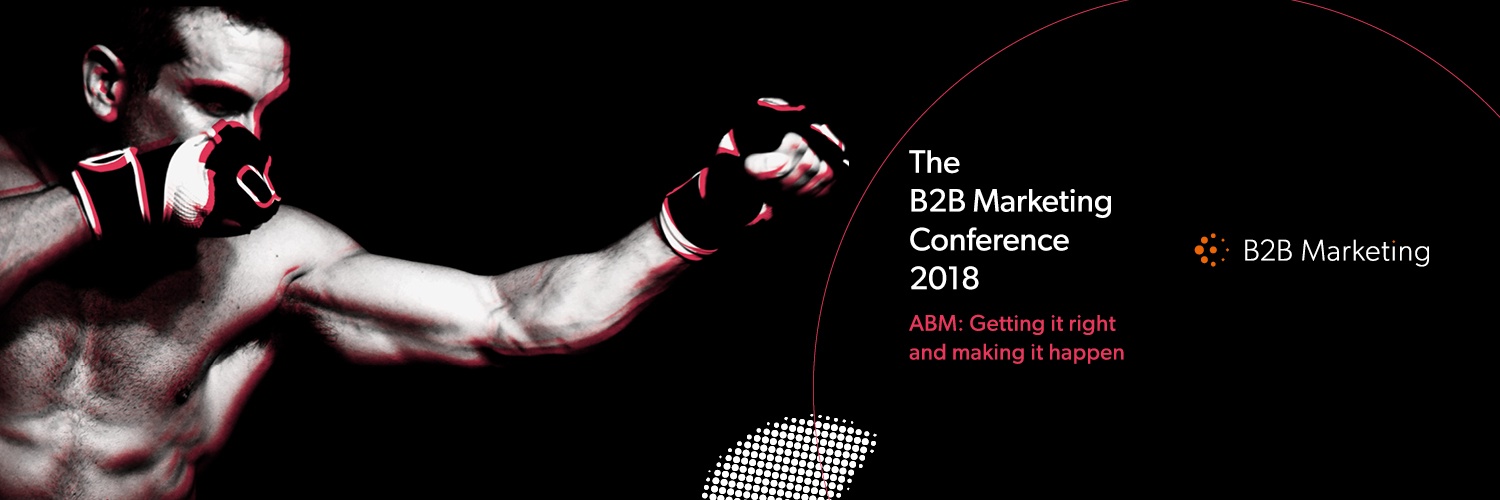
Account-based marketing is a hot topic right now, capturing prime-time real estate at marketing conferences, b2b forums
In a constantly changing landscape these factors have forced an evolution of the B2B market proposition and as such paved way for this emerging account-based approach:
- There has been a maturation of new technologies that allow B2B marketers to identify companies with a higher propensity to buy.
- The recognition that growth through existing accounts may be an easier approach.
- The emergence of a more powerful, knowledgeable and independent buyer that demands more
personalised andcustomised interactions across the entire lifecycle.
is marketing becoming sales?
As marketing goals become ever closely tied to revenue and traditional demand generation programmes become embedded within
(In walks ABM…) offering an opportunity for marketing and sales to fully align, it facilitates the growth of a company whilst enhancing the engagement experience for customers. We have seen a significant shift in momentum towards account-based marketing in B2B and this has allowed companies to take resources and apply them
1. set the stage.
In order to establish an ABM strategy that includes goals and builds alignment, campaigns need to set clear objectives, set the right scope and assign responsibilities for the ABM - partnering sales teams with marketing leadership. This process
2. process structure.
ABM leaders need to identify, leverage and secure data and technology to
While 92% of companies
3. programme planning and execution.
Before you can begin a campaign, you need to have the right technology in place. Advancements in tech have allowed marketers to develop and execute insight based, omnichannel engagement plans. These plans can specifically target large strategic accounts that are critical to the business or groups of accounts which are assembled together based on similarities. With this approach to planning and execution with ABM, companies make a commitment to take granular level research and to that
4. measurement and analysis.
When you think about ABM and how you measure success, you really think about it at a macro level. B2B companies need to look at a host of short, mid-term and long-term metrics to enable the diagnosis of programmes and course correct where necessary. This means moving away from the strict focus on volumetrics such as leads and contributions to the pipeline in
5.
As with any business strategy, you’ll need to accurately measure your ABM campaigns and
Conversion metrics: Is your target audience taking the desired action? Whether your goal is to have them click your ad to fill out a form, request a product demo, or visit your website, this is a crucial metric to track. Your conversion metrics can help pinpoint important areas for
Overall engagement: The goal of an account-based marketing campaign is to increase engagement with your brand (and ultimately with your sales team) with target accounts. Measuring prospect activity levels and engagement with your website can help determine whether or not your campaigns are really reaching their mark.
Sales cycle length: By exposing your target audience to
Customer retention: Account-based marketing isn’t only for generating new business. It can also be an important tool for customer retention (and even for up-selling and cross-selling). Monitor retention rates among the accounts that are being targeted with account-based messaging to track the percentage of customer that churn.
what does the future hold for ABM?
In this
If you would like to take your marketing strategy to the next level, please get in touch or if you would just like to chat through some of our case studies, we’d love to hear from you.
Phone: 01234 964000
Email: letschat@sherpamarketing.co.uk
post by topic
- ABM (31)
- Sherpa News (28)
- News (27)
- Demand Generation (20)
- Online Marketing (18)
- Inbound Marketing for Technology Companies (15)
- Channel Marketing (13)
- Content Marketing Strategy (12)
- Channel Transformation (11)
- sales and marketing alignment (11)
- Blended Sales & Marketing (9)
- Lead Follow-Up (9)
- Lead Management (8)
- Social Media (8)
- personalisation (8)
- Customer Relationship Management (CRM) (7)
- Lead Scoring (7)
- Martech (6)
- Buyers' Journey (5)
- Technology Marketing (5)
- Optimisation (4)
- email (4)
- Resellers (3)
- SEO (3)
- The IT Marketing Agency (3)
- channel agency (3)
- video (3)
- CSR (2)
- Charity Events (2)
- PX (2)
- Partner Experience (2)
- Team (2)
- Website Data (2)
- Data (1)
- Events (1)
- Harvard Business Review (1)
- birthday (1)
- customer experience (1)
- hubspot (1)
- marketing automation (1)




.png)
.png)
